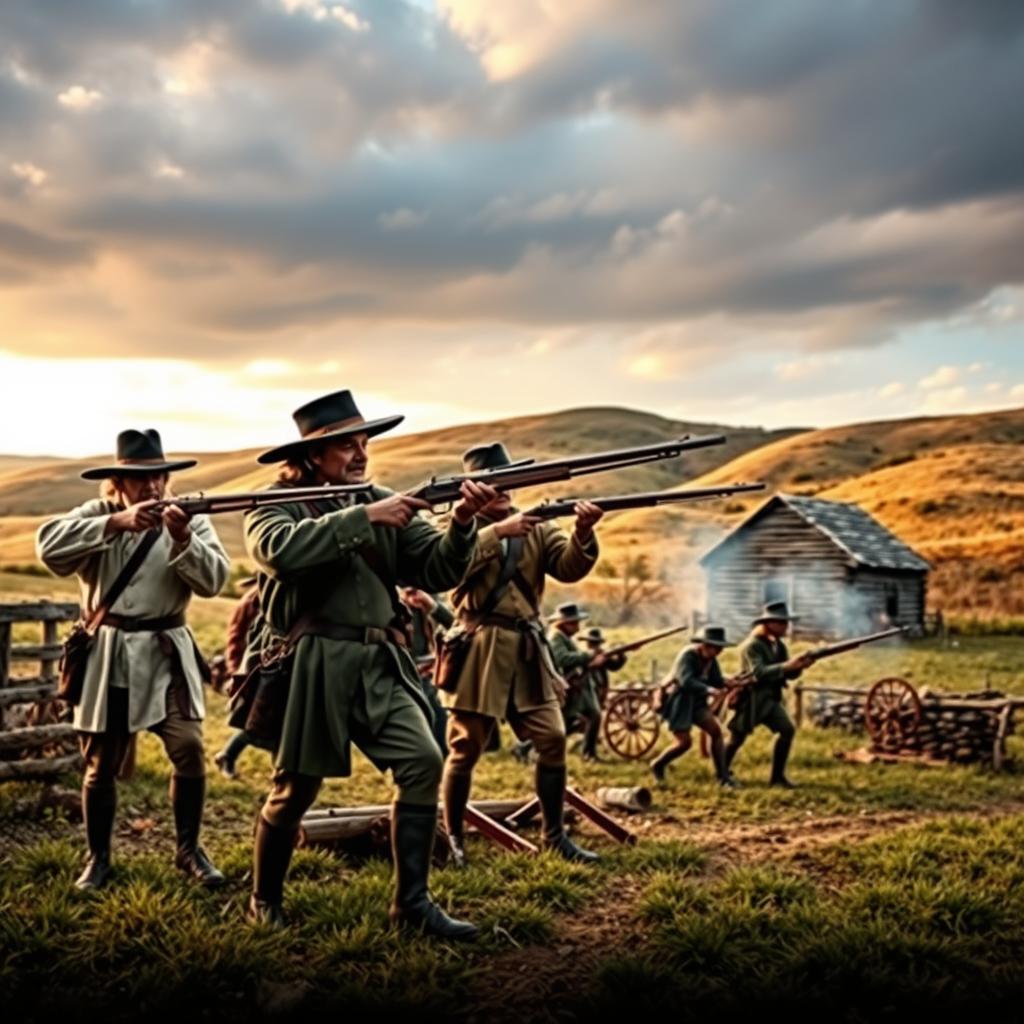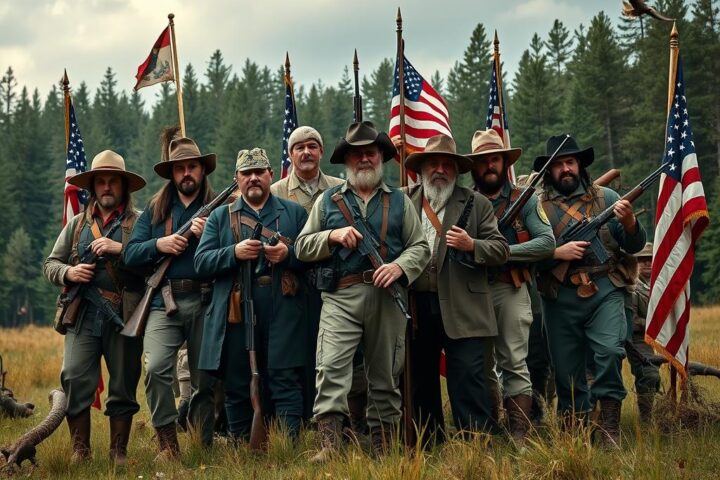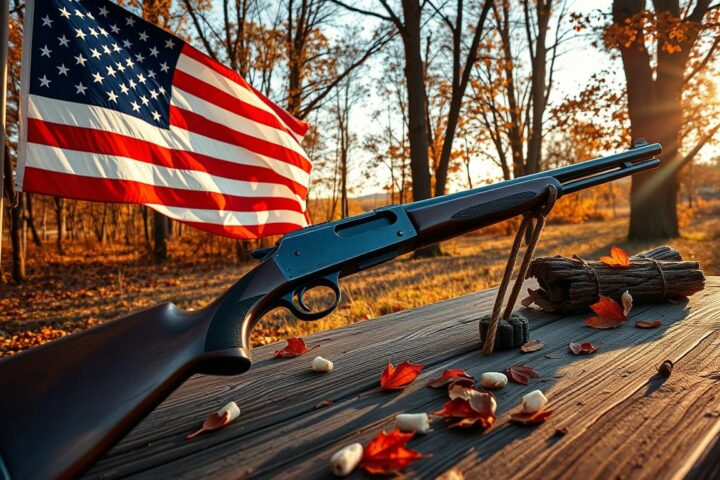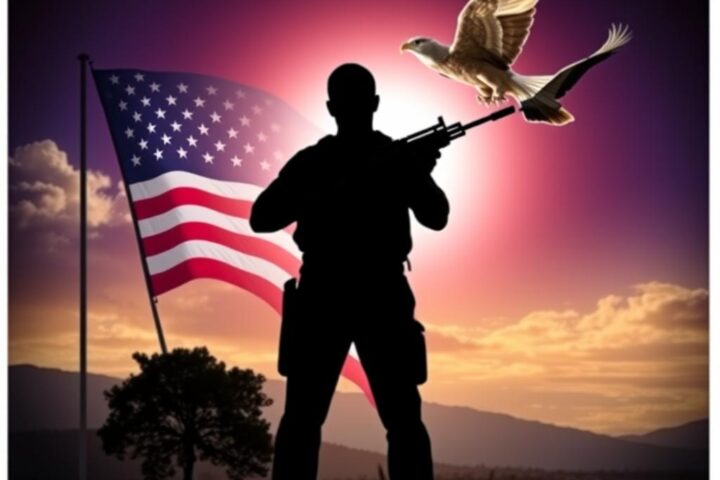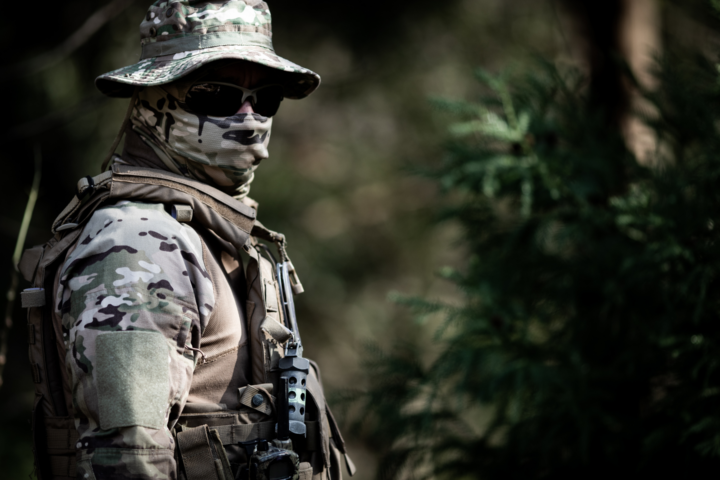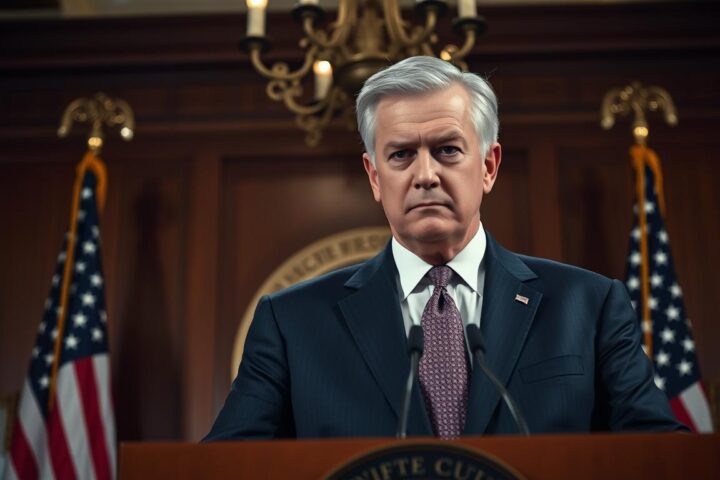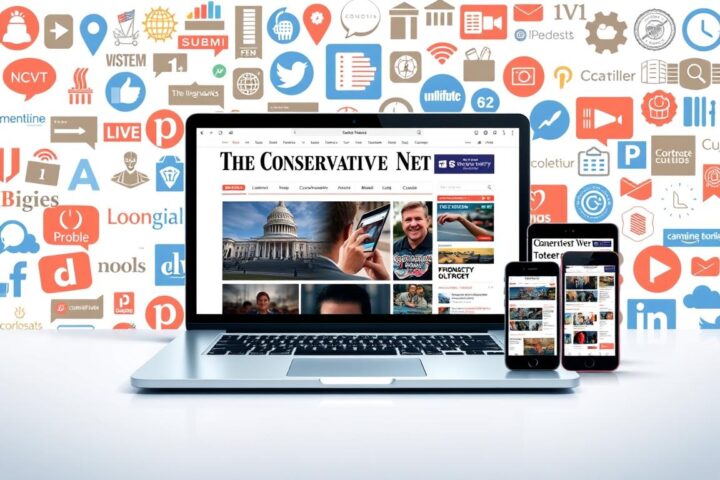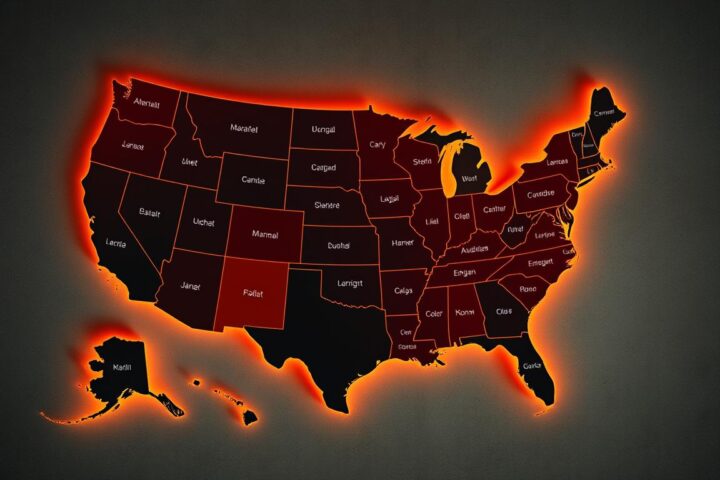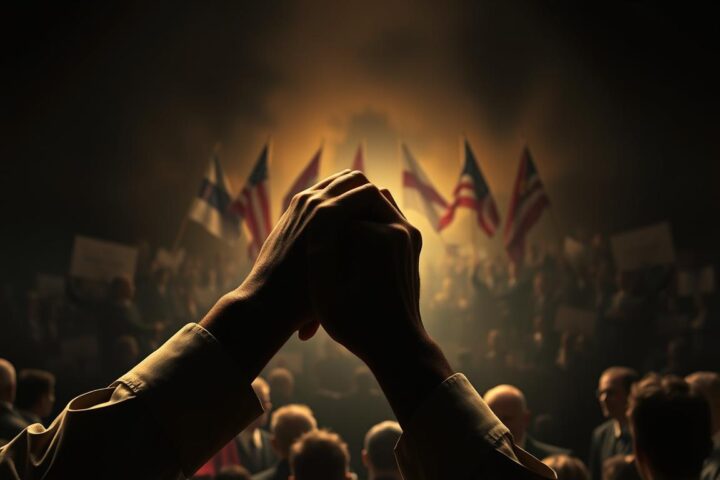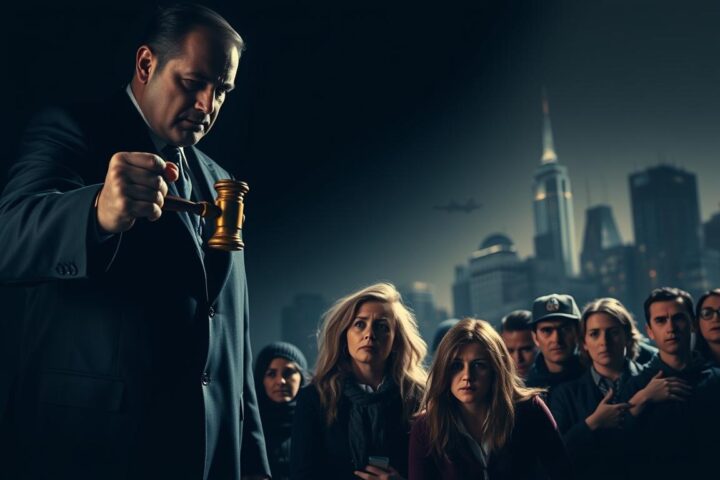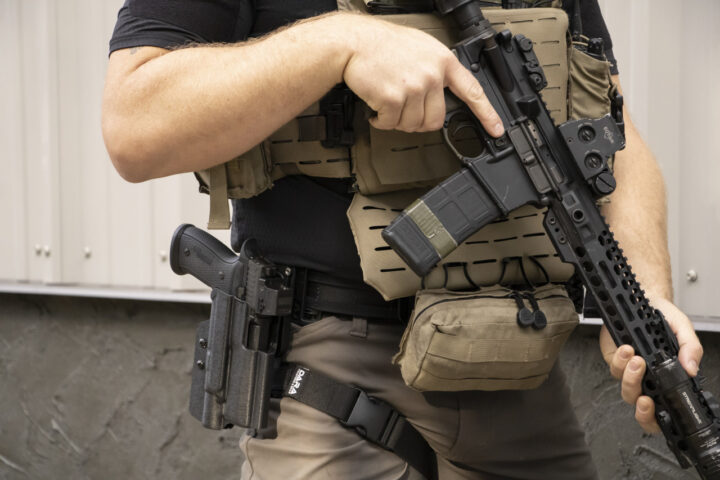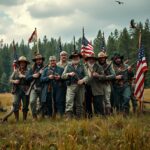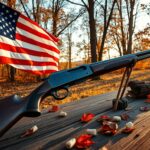The Second Amendment of the United States Constitution has long been a topic of fierce debate and legal scrutiny, often drifting from its historical roots into the complexities of modern firearm legislation. Originally ratified in 1791, the Second Amendment was crafted at a time when the nation was still finding its footing, grappling with issues of personal freedom, state sovereignty, and the need for collective security. Understanding the original intent behind this foundational clause not only informs current discussions but also sheds light on the evolving landscape of second amendment updates. As we navigate the modern world of top ranked firearms and diverse opinions on gun rights and responsibilities, it’s crucial to delve into the historical context that birthed the Second Amendment, and how its interpretation continues to shape our society.
Did you know there are over 300 million firearms in civilian hands in the United States? This number shows how important the Second Amendment is to us. It was added to the Bill of Rights on December 15, 1791. The Second Amendment says: “A well regulated Militia, being necessary to the security of a free State, the right of the people to keep and bear Arms, shall not be infringed.”
This text shows the Founding Fathers wanted to give citizens power. They wanted people to be able to defend themselves and their freedom against tyranny.
The Second Amendment is about the right to bear arms. It’s linked to self-defense and the need for militias. These militias were seen as key for the safety of the state and its people. This idea comes from English law.
To understand this better, let’s look at the case of New York State Rifle & Pistol Association v. This case shows how the Second Amendment is viewed today.
Key Takeaways
- The Second Amendment was ratified in 1791 as part of the Bill of Rights.
- It emphasizes the importance of a well-regulated militia for the security of a free state.
- Self-defense is a central theme in the interpretation of the right to bear arms.
- The historical intent reflects concerns around governmental tyranny and personal protection.
- Judicial interpretations have evolved, influencing contemporary debates about gun rights.
- The relationship between the Second Amendment and historical English law plays a critical role in its context.
Understanding the Second Amendment
The Second Amendment to the United States Constitution has long been a focal point of debate in gun control politics. Formulated in 1791, this amendment states, “the right of the people to keep and bear Arms, shall not be infringed.” As society has evolved, so too have the interpretations of this amendment, leading to intense discussions about the balance between individual rights and public safety. In recent years, the landscape has changed dramatically with the emergence of top ranked firearms and an increasing number of mass shootings, prompting both lawmakers and citizens to re-evaluate what the Second Amendment means today.
The discourse surrounding the Second Amendment often encompasses both historical context and contemporary issues. Originally conceived in a time when the fledgling nation had concerns about tyranny and the necessity of a militia, the amendment now plays a profound role in modern gun culture and legislation. Second Amendment news today frequently highlights judicial rulings and legislative measures that reflect the ongoing tug-of-war between advocates for unrestricted gun rights and those calling for stricter gun control. This dialogue is pivotal as it shapes not only laws but also public perceptions regarding gun ownership and responsibility.
In this complex arena, the debate often pits deeply held beliefs against one another. Supporters of gun rights argue that the Second Amendment provides an essential safeguard against government overreach, asserting that responsible gun ownership is fundamental to personal freedom. On the other side, advocates for gun control aim to establish safety regulations to prevent the misuse of firearms, emphasizing the tragic consequences of gun violence. Both perspectives offer valid concerns, making it crucial to approach the discussion with an open mind.
As the national conversation continues to evolve, understanding the nuances of the Second Amendment becomes increasingly important. Whether through legislative developments or grassroots movements, the implications of this amendment resonate across diverse communities and demographics. Fostering informed discussions around the Second Amendment and its impact on society can help bridge divides, leading to a more nuanced understanding of gun control politics and the collective quest for safety and freedom in America.
The Second Amendment is key to understanding firearm rights in the U.S. It protects the right to bear arms and the need for a militia for community defense. This balance between personal freedom and public safety is a big topic in American law.
Recently, the Second Amendment’s meaning has changed. For example, the Bipartisan Safer Communities Act of 2022 is facing legal fights. Twenty-six GOP-led states are trying to stop it. This shows the ongoing debate on gun laws and safety.
What people think about the Second Amendment matters a lot. A Gallup poll found 73% think it protects the right to own guns. Only 20% believe it’s mainly about the militia. A Quinnipiac University poll showed 78% don’t want to change the Constitution to ban gun ownership.
Our talks about the Second Amendment show our history and values. It’s a key part of American identity and law. As we discuss gun rights, this amendment is crucial.
To learn more about the Second Amendment, look at court cases and current events. These shape the gun control and rights debate. You can find more here.
The Historical Context of the Second Amendment
The Second Amendment of the United States Constitution, ratified in 1791, is often at the center of heated discussions surrounding gun control politics. Understanding its historical context is essential to grasping its significance and the evolution of firearms legislation in the country. Drafted during a time of post-Revolutionary War tension, the amendment was influenced by the Founding Fathers’ experiences under British rule, where colonial subjects faced disarmament and oppressive military presence. The language of the Second Amendment reflects a commitment to ensuring a citizen militia’s right to bear arms, as the early republic emphasized the importance of self-defense and resistance against tyranny.
As the United States grew, so did the interpretation and implications of the Second Amendment. The proliferation of top ranked firearms and advancements in weapon technology broadened the scope of what it meant to bear arms. Throughout the 19th and 20th centuries, courts would interpret the Second Amendment in various ways, leading to landmark Supreme Court decisions. These rulings helped shape the ongoing discourse surrounding gun rights and regulations, emphasizing both the individual right to possess firearms and the government’s authority to implement certain restrictions to promote public safety.
In contemporary society, the Second Amendment continues to be a pivotal issue within the broader context of gun control politics. Heated debates often arise in response to mass shootings and other acts of gun violence, prompting lawmakers and activists to push for more stringent regulations or, conversely, to advocate for the protection of gun rights. As new developments emerge, second amendment news today reflects the clash between competing ideologies regarding firearm ownership and control, highlighting the deep-rooted cultural and historical factors that fuel the discourse.
The legacy of the Second Amendment is far from settled, influencing ongoing dialogues about security, individual rights, and public safety. As citizens grapple with the complex realities of firearm legislation, it is crucial to consider the historical roots of this contentious issue, which continues to evoke passionate responses across the political spectrum. Understanding the historical context equips individuals to engage thoughtfully with the implications of gun rights and regulations in a society marked by both a quest for liberty and the need for safety.
The Second Amendment shows a deep belief in personal defense and fighting against tyranny. It is based on historical events. The English Bill of Rights from 1689 allowed Protestant subjects to carry arms. This idea greatly influenced American views on freedom and safety.
This law made sure citizens could stand up against too much government power.
The Influence of the English Bill of Rights
The English Bill of Rights was key for the Founding Fathers. It gave them a model for individual rights. Their experiences under British rule made them wary of oppressive governments.
When they wrote the Second Amendment, they wanted an armed people. This was to protect freedom and keep everyone safe.
Colonial Experiences and the Need for Militias
Colonial America faced many dangers, leading to the creation of colonial militias. As tensions grew with British forces, people came together to defend their homes. This showed that armed citizens could fight off threats and help keep the country safe.
Having an armed population was seen as crucial. It helped fight against tyranny and strengthen the new nation.
Natural Rights Philosophy and Self-Defense
The Second Amendment is deeply connected to natural rights philosophy. This philosophy is key to understanding our individual freedoms. It says we have inherent rights, especially the right to defend ourselves.
This idea is at the heart of the debate on gun rights. It shows that owning guns is not just a privilege but a fundamental part of our freedom.
The Right to Self-Defense as Inherent
The right to self-defense is a basic part of being human. John Locke’s views show that fighting against tyranny is our moral duty. This belief is supported by Supreme Court decisions that link self-defense to the right to bear arms.
The Role of Firearms in Securing Liberties
Firearms are crucial for protecting personal safety and our broader freedoms. Our Founding Fathers saw an armed people as a bulwark against oppression. They believed that owning guns was a way to keep tyranny at bay.
The debate on gun control reflects these historical views. It raises questions about what happens when we disarm law-abiding citizens. Today, the Second Amendment remains a hot topic, with figures like Elon Musk highlighting its importance in fighting tyranny.
Militia vs. Individual Rights
The Second Amendment has sparked a long debate. It’s about the balance between militia service and individual rights. In the late 18th century, the Founding Fathers saw the need for a well-regulated militia for state security. They also believed in individual rights for personal defense.
This balance continues to spark debate. We question whether the amendment mainly supports collective security through militias or individual rights to bear arms.
The Purpose of a Well-Regulated Militia
A well-regulated militia was seen as a way for communities to defend themselves. The Founding Fathers included this idea in the Second Amendment. Over time, there have been different views on what this militia’s purpose is.
Many states have passed laws that limit cities from controlling firearms. This shows that individual rights to bear arms are seen as key in our society.
Debate Among Founding Fathers
The Founding Fathers had different opinions on militias and individual rights. Some believed in collective defense, while others valued personal liberties. This led to debates about gun ownership.
Today, these debates still shape our discussions on gun laws and individual rights. Looking at these different views helps us understand the Second Amendment’s ongoing importance in our legal system.

The Second Amendment of the United States Constitution has long been a focal point of debate and discussion in American society, particularly in the context of gun control laws and individual rights. Ratified in 1791, the amendment states, “A well regulated Militia, being necessary to the security of a free State, the right of the people to keep and bear Arms, shall not be infringed.” This wording has led to varied interpretations, with some advocating for individual ownership of firearms as an essential right, while others argue for stricter regulations in the interest of public safety.
Understanding the nuances of the Second Amendment requires delving into historical context and legal interpretations that have evolved over the years. Court decisions, such as District of Columbia v. Heller in 2008, reaffirmed the individual right to possess firearms for self-defense, signaling a pivotal moment in Second Amendment news today. This ruling, however, did not eliminate the conversation around firearm regulation. The ongoing tension between individual rights and collective safety continues to provoke passionate discussions across the nation.
In today’s landscape, discussions surrounding gun control laws remain at the forefront of political dialogue, particularly after high-profile incidents involving gun violence. Advocates for reform argue that comprehensive firearm regulation is necessary to prevent needless tragedies, while opponents often cite the Second Amendment as a cornerstone of personal freedom. With frequent updates on firearm regulation news, many states are grappling with new legislation that seeks to balance the right to bear arms with essential safety measures aimed at reducing gun violence.
As the national conversation evolves, the implications of the Second Amendment stretch far beyond legal circles, influencing cultural norms and public opinion. The dynamic nature of this topic underscores the importance of continuous dialogue and understanding diverse perspectives. As we navigate the complexities of gun ownership and regulation, it becomes clear that a careful examination of both rights and responsibilities will play a critical role in shaping future policies and societal attitudes toward firearms in America.
The Second Amendment’s Text and Interpretation
The Second Amendment’s language is complex and sparks debates about gun rights. It can be seen as supporting either collective or individual rights. Legal texts around the amendment are key to these discussions, making our rights in America today very important.
Analysis of the Amendment’s Language
The Second Amendment’s promise to protect the right to bear arms has been closely watched. At first, many thought it didn’t guarantee the right to own a gun. But, in the 1950s and 1960s, views changed, thanks to the National Rifle Association.
The NRA’s efforts led to a big win in 2008. The Supreme Court ruled in District of Columbia v. Heller that people have the right to own guns for self-defense. This ruling has greatly influenced how we see the amendment today.
Supreme Court’s Interpretive Developments
How we interpret the Second Amendment has changed over time. In the early days, like in United States v. Miller in 1939, it was seen as protecting militia arms. But, Heller changed this, focusing on individual rights.
Justices have disagreed, saying the majority got the amendment wrong. The ongoing debates show how complex and evolving our understanding of gun rights is. For more, check out this link.
gun control politics, top ranked firearms, second amendment news today
The world of gun control politics is changing fast. New laws are being made to regulate firearms. The Bipartisan Safer Communities Act is a big step forward. Signed by President Biden in June 2022, it’s the first major gun reform in decades.
This law aims to improve background checks and fund mental health and red flag laws. It shows a move towards safer communities while protecting our rights.

There’s a big debate about gun laws and our freedoms. Vice President Kamala Harris wants universal background checks and bans on assault weapons. This shows a growing concern for safety.
But, the politics are still very divided. Fewer Democrats now get high marks from the NRA. In 2010, a quarter of Democrats were rated A by the NRA. Now, only one House candidate has that rating.Gun control politics remains a contentious issue in the United States, with debates intensifying as various incidents underscore the need for more stringent regulations. The divide between political parties has become increasingly pronounced in recent years, showing a marked shift in how Democrats approach firearms. While a significant number of Democrats once sought high ratings from the NRA to demonstrate their pro-gun stance, the landscape has changed dramatically. In 2010, when a quarter of Democrats boasted an A rating from the NRA, only one House candidate can make that claim today. This shift reflects broader societal sentiments about gun rights and the responsibilities that come with them.
As discussions surrounding gun violence prevail, attention often turns to top ranked firearms that dominate the market and the conversations about safety and security. The firearms landscape features a range of products, from handguns to rifles that are favored by enthusiasts and collectors alike. However, the popularity of these firearms doesn’t always align with public opinion on their accessibility. Advocates for gun control assert that the proliferation of these top-ranked models contributes to the severity of gun-related incidents, sparking heated debates on how best to protect citizens while respecting Second Amendment rights.
In light of current events, second amendment news today continues to generate significant headlines. Legislative proposals aimed at regulating access to firearms are introduced regularly, yet the response from gun rights advocates is swift and organized. Advocacy groups push back against measures perceived to infringe upon individual rights, framing the discussion around the constitutional guarantees afforded by the Second Amendment. As the nation grapples with the complex relationship between gun ownership and public safety, it becomes evident that a resolution that satisfies all stakeholders remains elusive.
As we move forward, the intersection of gun control politics, societal values, and constitutional rights will undoubtedly shape the future of firearms legislation in America. With public sentiment on gun violence shifting toward a desire for change, how lawmakers balance these competing interests will be crucial. The path ahead will require open dialogue and a commitment to finding solutions that address both public safety concerns and the rights guaranteed under the Second Amendment. Only then can the nation hope to reconcile its deeply rooted beliefs about firearms with the pressing need for a safer society.
This change is more than just numbers. The way we talk about gun safety is changing. We’re moving from “gun control” to “freedom from violence.” This shows a tough balance between safety and our rights under the Second Amendment.
Key Supreme Court Cases Shaping the Second Amendment
Looking at the Second Amendment’s growth, we see key Supreme Court cases. The Heller decision in 2008 was a big step. It said people have the right to own guns for self-defense at home.
District of Columbia v. Heller (2008)
The Heller decision changed how we view guns. Before, many places had strict gun laws. The Court said the Second Amendment protects the right to own guns for lawful purposes.
McDonald v. City of Chicago (2010)
The McDonald ruling built on Heller. It said states can’t limit gun ownership too much. This has led to debates on gun laws across the country.
Recent cases show the Supreme Court is looking at gun laws again. They’ve talked about laws for domestic violence. But, they’re still thinking about laws for nonviolent felons and drug users.
These cases are important for our talks about the Second Amendment. They help us understand gun rights and safety. Black Americans are now more interested in guns for self-defense. Knowing about Heller and McDonald is key. For more on this, check out this article.
Evolution of the Second Amendment’s Purpose
The Second Amendment has changed a lot over time. It used to be about fighting against tyranny with citizen militias. Now, it’s seen as a basic right for personal safety. This change comes from how we view guns and their role today.
From Defense Against Tyranny to Personal Protection
Before, the Second Amendment was about keeping the government in check. But now, thanks to cases like New York State Rifle & Pistol Association v. Bruen, it’s also about personal safety. This shift shows how our views on guns have changed.
Changes in Military Structure and Public Perception
Modern warfare has made us think differently about guns. The need for militias is less, focusing more on individual rights. Experts like Prof. Robert J. Cottrol and Prof. Brannon P. Denning have helped us see this. They show how the Second Amendment now means personal defense more than militia duties.
Tragic events remind us of the importance of gun safety. The ongoing debate shows the Second Amendment’s ability to adapt to new laws and societal needs.
Contemporary Perspectives on the Second Amendment
The gun rights debate is still a big issue in America. It shows how complex the Second Amendment’s meaning can be. People have strong opinions, with some wanting more gun rights and others pushing for stricter controls.
These views come from different concerns. Some worry about safety, while others think about personal freedom and health.
Gun Rights Debate Among Americans Today
In 2021, nearly 49,000 people died from gun violence. This highlights the need for a solution. Those who support gun rights believe in personal responsibility and self-defense.
On the other hand, gun control supporters think stricter rules could stop tragedies. This debate leads to many different opinions and passionate discussions.
Media Coverage and Second Amendment Updates
The media plays a big role in the gun rights debateThe media plays a significant role in the gun rights debate, particularly in the context of gun control politics. Various outlets report on incidents of gun violence, legislative changes, and personal narratives that resonate with the public. This coverage not only informs citizens but also shapes their perceptions and opinions regarding firearms legislation and ownership. As headlines flash about tragic events or groundbreaking rulings related to the Second Amendment, the narratives constructed around these incidents can either amplify calls for stricter regulations or solidify support for gun rights.
In recent years, discussions surrounding the Second Amendment have been particularly charged, with a growing focus on the implications of new laws and policies. The portrayal of top-ranked firearms, whether in reviews or discussions about efficacy in self-defense, has also shifted in media coverage. As the conversation evolves, more consumers are becoming informed about their options and the broader implications of their choices in the marketplace. Social media platforms further amplify these discussions, creating communities where individuals share experiences and opinions, influencing public discourse on gun ownership and legislation.
Second Amendment news today often includes updates about ongoing court battles, legislative proposals, and grassroots movements that either support or oppose gun control measures. As states grapple with their approaches to gun ownership and rights, the media’s portrayal of these developments is crucial. Through in-depth analyses and investigative reporting, journalists uncover the motivations behind specific laws and the societal impacts of these decisions, providing a comprehensive view of the ongoing debate.
Ultimately, the interplay between media coverage and public perception in gun control politics is critical. By highlighting diverse perspectives and promoting informed discussions about the Second Amendment, the media can foster a more nuanced understanding of this complex issue. As society continues to navigate the landscape of gun rights and regulations, the role of journalism remains vital in shaping an informed public and influencing future policies.
. It reports on gun violence, law changes, and personal stories. This reporting shapes what people think.
By covering the latest news, the media helps raise awareness. It’s important to stay updated on the gun rights debate. This helps us have better conversations about it.
Conclusion
Exploring the Second Amendment shows a mix of history, law, and today’s gun control debates. It’s clear we need to talk more about balancing personal freedom and public safety. This is especially true as gun violence in the U.S. keeps rising.
The debate on gun control is ongoing and deeply felt by Americans. Many polls show most people want stricter gun laws. These laws aim to cut down on gun deaths and protect our rights. By talking openly and making laws, we can find a way to respect the Second Amendment in our changing world.
Understanding the Second Amendment means we must work together to solve problems. We need to protect our rights while keeping our communities safe. Looking at other countries, we see possible ways to move forward. Our choices today will influence the Second Amendment’s future for generations to come.
